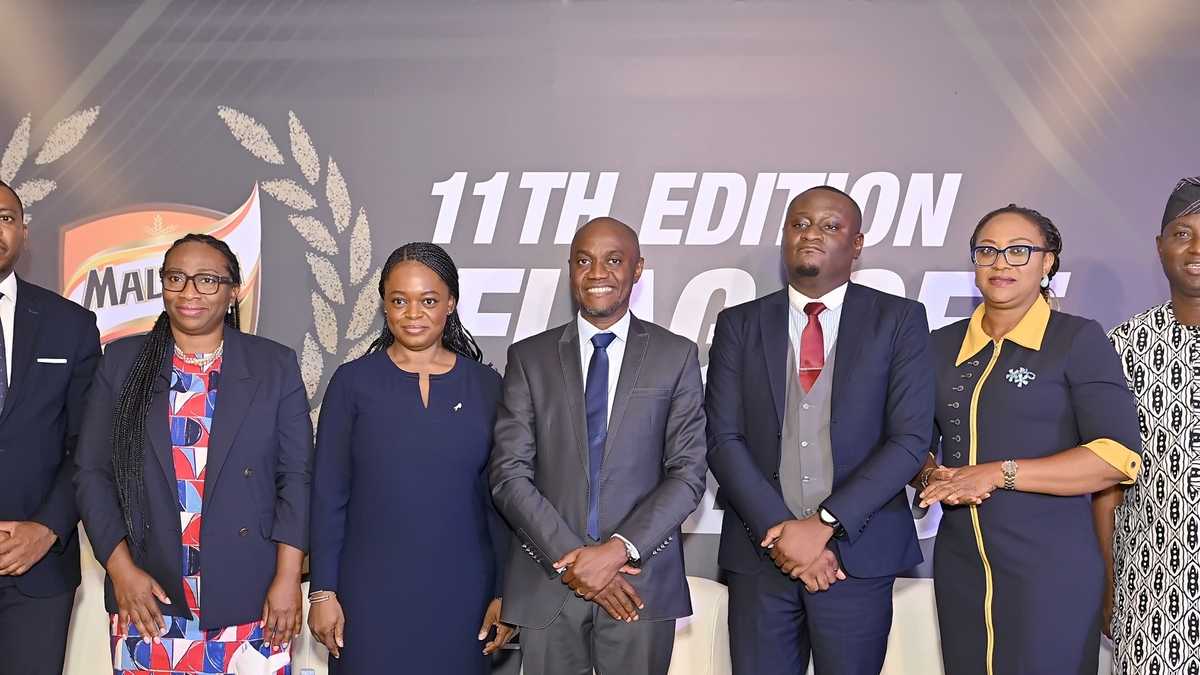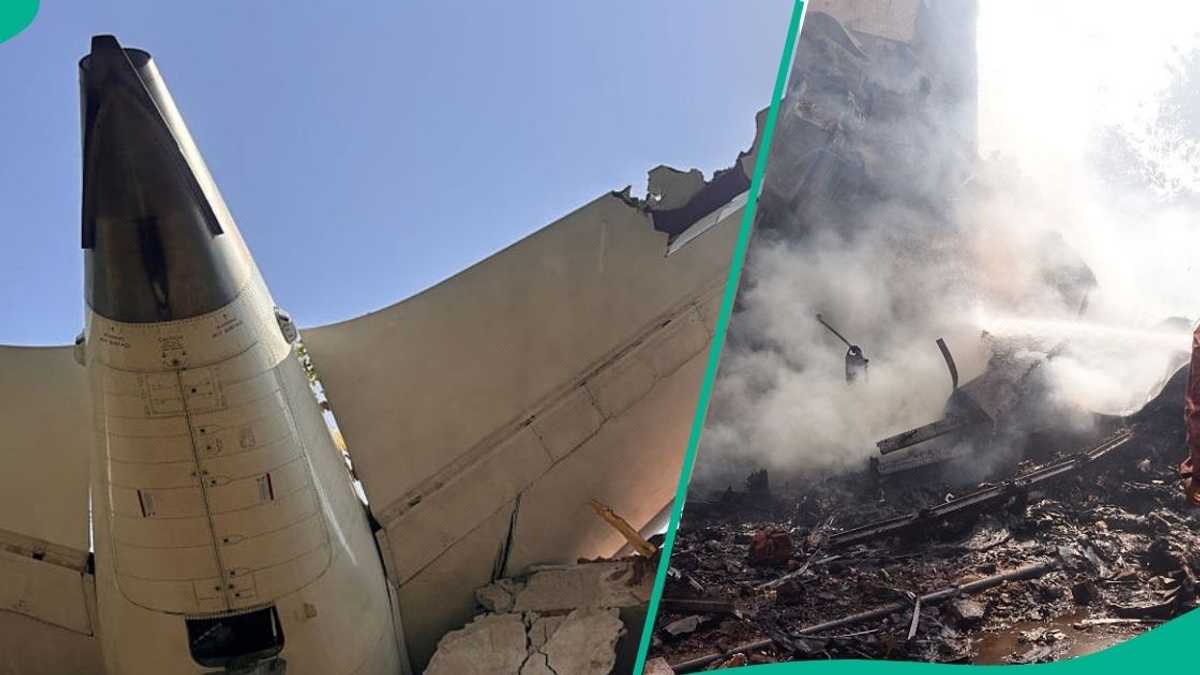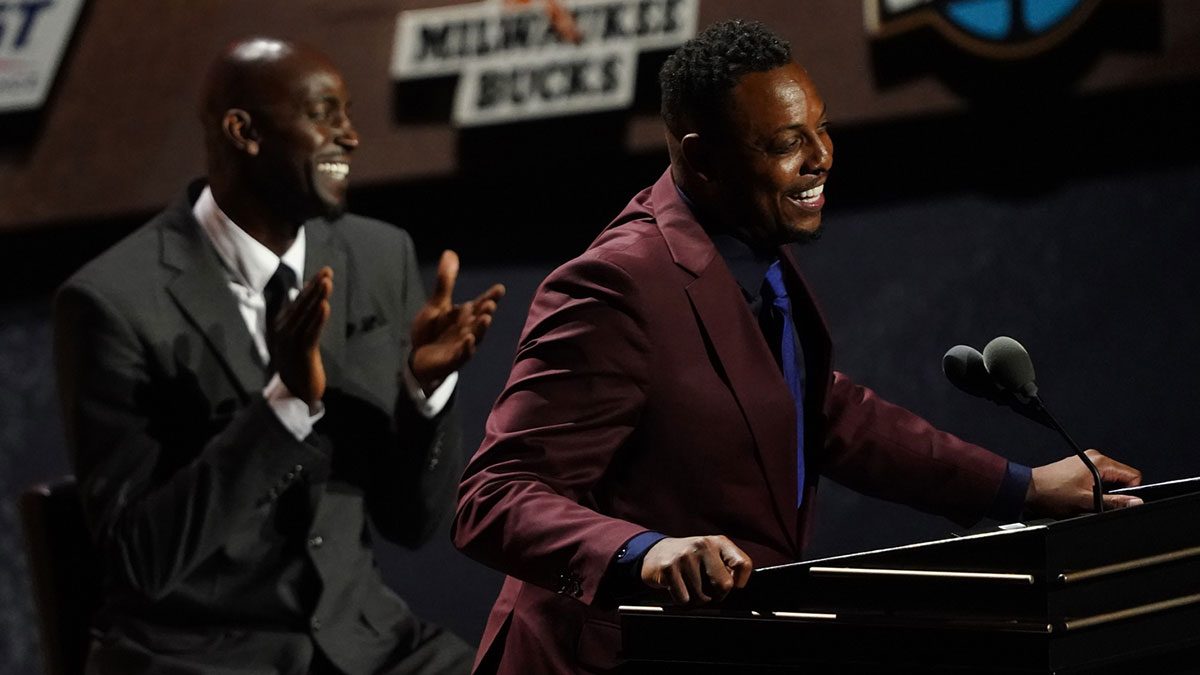F1: The Movie Racing Ahead On IMAX Wheels

Apple has taken a big swing with its new F1: The Movie, spending a reported $300 million to make and market the Brad Pitt racing film globally with distributor Warner Bros., tied in with an EA racing game and a soundtrack loaded with prominent musicians.
But perhaps none of Apple’s prodigious partnerships is having a bigger impact in the film’s first days in theaters than IMAX, the large-format theater operator whose screens have generated nearly a quarter of F1’s opening weekend take at the box office.
“If a movie did 10 percent market share with IMAX, that used to be considered really good,” IMAX CEO Richard Gelfond said in a CNBC interview this morning. “In IMAX’s 55-year history with blockbusters, films with over $30 million in opening weekend box office, we’ve only indexed over 20 percent on five of them. We’ve now gone three movies over 20 percent in the last two months. There’s definitely a trend where people want to see the movie in IMAX. ”
One of those three, Mission Impossible: Final Reckoning, topped the 20-percent share two weekends in a row, Gelfond said. IMAX screens contributed 23 percent of F1’s $55.6 million domestic gross. International box office has been even stronger, $88.4 million in 78 markets, perhaps a testament to the racing circuit’s massive appeal outside the United States.
The IMAX partnership has been unusual in other ways too, Gelfond said. In shooting the film, Apple and director Joseph Kosinski were able to engineer miniaturized, remote-control cameras that could be placed throughout the cockpits of the film’s Formula 1 cars. Each car had 15 IMAX cameras in it, crucial to the immersive feeling of the driving scenes.
“When you’re in the car with Brad Pitt, when he’s on the track, you wouldn’t have that feeling of space and depth the way you do,” Gelfond said.
Apple executives, Kosinski, and producer Jerry Bruckheimer also reached out unusually early to ensure a significant IMAX screen presence, Gelfond said.
“The way it usually works is they find a distributor, which ultimately was Warner Bros., and then they’ll come to IMAX,” Gelfond said. “But these guys said, ‘We want to tie you up in advance. We want to make sure we have an IMAX release, ’because they saw it in their heads the way you (CNBC anchor Sara Eisen) did: 'If we’re going to show this to the public, it's really gotta be an IMAX release.'”
Jockeying for a big presence on IMAX and other large-format screens has become an increasingly important way for distributors to drive box office and audience engagement for the biggest, most expensive and action-filled releases. The large-format purveyors generally charge several dollars more per ticket, with screens as much as five stories high and top-quality audio among other features that appeal to action-film cinephiles.
That growing popularity with a demanding segment of the audience contrasts with the post-pandemic doldrums that have largely affected theatrical exhibition since the brutal shutdowns of the pandemic lockdown.
At last week’s UCLA Entertainment Symposium, MoffettNathanson co-founder and senior analyst Michael Nathanson said U.S. theatrical revenues are expected to hit $9.4 billion this year, the best since before the pandemic. But that number remains far below pre-pandemic grosses that topped $11 billion annually between 2015 and 2019, with little prospect of once again reaching those heights.
“Box office is stable, but it’s still trending down 15 to 25 percent,” Nathanson said. “International, outside of China, is down 25 percent from what we saw before the pandemic. Sequels and remakes are working, but they’re not finding the traction they had pre-pandemic. In many ways the hits just aren't as big as they were pre-pandemic.”
Which makes the outsized contribution from IMAX and other large-format operators all the more important.
F1’s opening weekend was pretty much in line with pre-release projections, but perhaps slightly depressed by Sunday’s actual Formula 1 race, the Austrian Grand Prix. Regardless, Gelfond said the film should continue to have a good run in theaters for some time.
“Every day is a holiday for the next couple of weeks, with Fourth of July in the middle of it,” Gelfond said. “So in my opinion, it's going to track to a very good number.”
IMAX shares are up nearly 65% in the past year
(Graphic created by David Bloom)IMAX has been on a big run of its own lately. Shares are up almost 65 percent over the past year, to north of $27 apiece.
“We’ve guided this year to beating 2019’s number,” the company’s best-ever year, Gelfond said. “We're well on pace to do that.”
The company reported its highest-grossing Q1 this year, with $298 million globally. It is also planning to install 145 to 160 systems around the planet in 2025. As of its Q4 investor report, the company had 406 commercial IMAX theaters in North America, and, globally, 1,810 systems of all kinds (it operates 61 large-screen theaters within museums and other institutions).
Gelfond said he hopes to remain in business with Kosinski and Apple for a next film project, which the two sides had already committed to.
“I have very little doubt this will encourage them to stay in (theatrical releases) in a relatively big way,” Gelfond said. “At the (F1) premier, I was talking to them about this subject and they said they’re all in.”
Gelfond is also hoping another big tech giant’s latest news also puts it on the road to IMAX. Amazon, which recently spent $1 billion for full control of the James Bond franchise, announced that Dune director Denis Villeneuve will direct the next Bond film after he finishes work on the second Dune sequel.
“From a personal point of view, I was really happy (with Amazon’s Villeneuve announcement),” Gelfond said. “I think he’s a genius filmmaker. Dune 2 did over 20 percent (IMAX market share) too, and he’s making the next Dune with all IMAX cameras. We haven’t started talking yet, but I’m praying that’s the case with Bond.”













